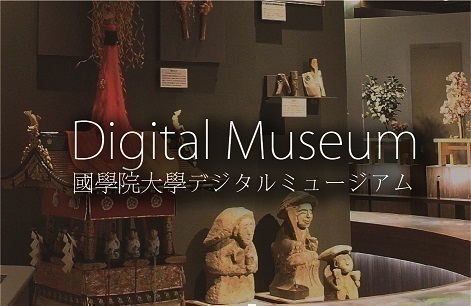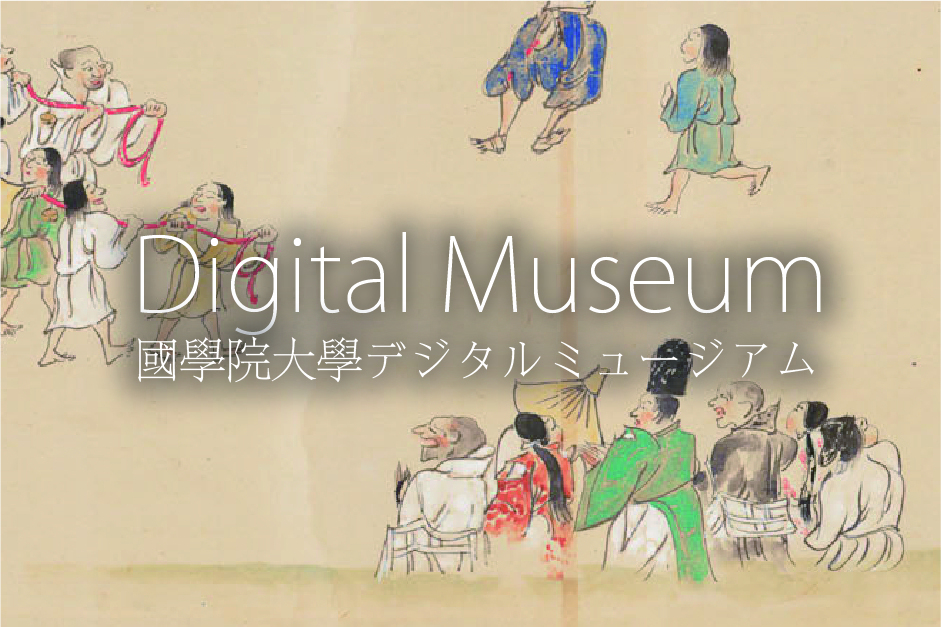- トップ
- Encyclopedia of Shinto
- Honjisuijakusetsu
Encyclopedia of Shinto
| Main Menu: | |
| Links: |
詳細表示 (Complete Article)
| カテゴリー1: | 7. Concepts and Doctrines |
|---|---|
| カテゴリー2: | Doctrines and Theories |
| Title | Honjisuijakusetsu |
| Text | The term honji suijaku refers to the idea that the Buddhist deities provisionally appear as Shinto kami in order to spiritually save sentient beings in Japan. The kami are thus the manifestations (suijaku; literally "traces;" i.e. the form appearing in the world to save sentient beings) of the Buddhist deities, and the Buddhist deities are the honji (literally "original ground") of the Shinto kami (namely, their true form and substance). Ultimately, the two entities are seen to form an indivisible relationship. The words honji and suijaku were originally used in Tendai Buddhism to distinguish between the Kuonjitsujō no shaka (the eternal Shakyamuni who transcends time) and the Shijōshōgaku no shaka (the historical Shakyamuni) mentioned in the Nyorai shuryōhon (Life Span of the Tathagatha Chapter) of the Lotus Sutra. The honji suijaku theory applied this terminology to the relationship between kami and buddhas in Japan. The first appearance of a reference to honji suijaku in Japan is found in Eizan daishiden, which is thought to have been completed around 825. In it, Saichō is described to be a "trace" (i.e. manifestation - suijaku), and the phrases "the divine mystery of the honjaku" (honjaku shinmyō ) and "the descent of the manifestation" (kōjaku) were used. However, the honji suijaku theory was first invoked in order to manifest the relationship between kami and buddhas in an application (included in the Sandai jitsuroku) made by the Enryaku-ji monk Eryō, which requests Tendai annual ordinants (nenbundosha) to be appointed to the Kamo and Kasuga shrines (Kamo Jinja and Kasuga Jinja). The phrase "mahasattvas (a buddha or bodhisattva) manifest themselves at times as kings and at times as kami" is used in this document and the word suijaku was used for the first time to refer to the Shinto kami. The honji suijaku theory gradually spread throughout Japan as evidenced by the appearance of such passages as "that shrine, this shrine, the lands are different but the Bodhisattva avatars are the same" found in a document from Dazaifu dated 937 and "normally, we rely only on the manifestation of the Atsuta avatar" found in Ōe Masahira's correspondence (included in Honchō monzui ) dated 1004. The divine title gongen (avatar), as found in Kumano Gongen and Hakusan Gongen, referred to "a Buddha that provisionally manifests itself as a Shinto kami." Based on the honji suijaku setsu, this appellation appeared during the first half of the tenth century. By the end of the Heian period, the kami worshipped at each shrine (saijin) were assigned a honji in the form of a specific buddha or bodhisattva, as exemplified by the fact that the honji of Ise (see Ise Jingū) was said to be Dainichi Nyorai and the honji of Hakusan was thought to be the Jūichimen Kannon. From the end of the Kamakura through the Nanbokuchō periods, alongside the prevalence of shinkoku thought, the works of Jihen and Keiran shūyōshū , a compilation by the Tendai monk Kōshū, invoked the notion that the kami are the honji and the Buddhist deities the suijaku. This idea was inherited by the Sannō Ichijitsu Shintō school of thought and others during the early modern period. See Shinto and Buddhism and Han honji suijaku setsu — Satō Masato |





